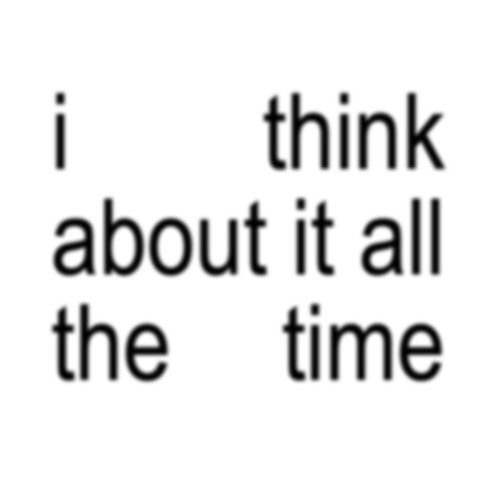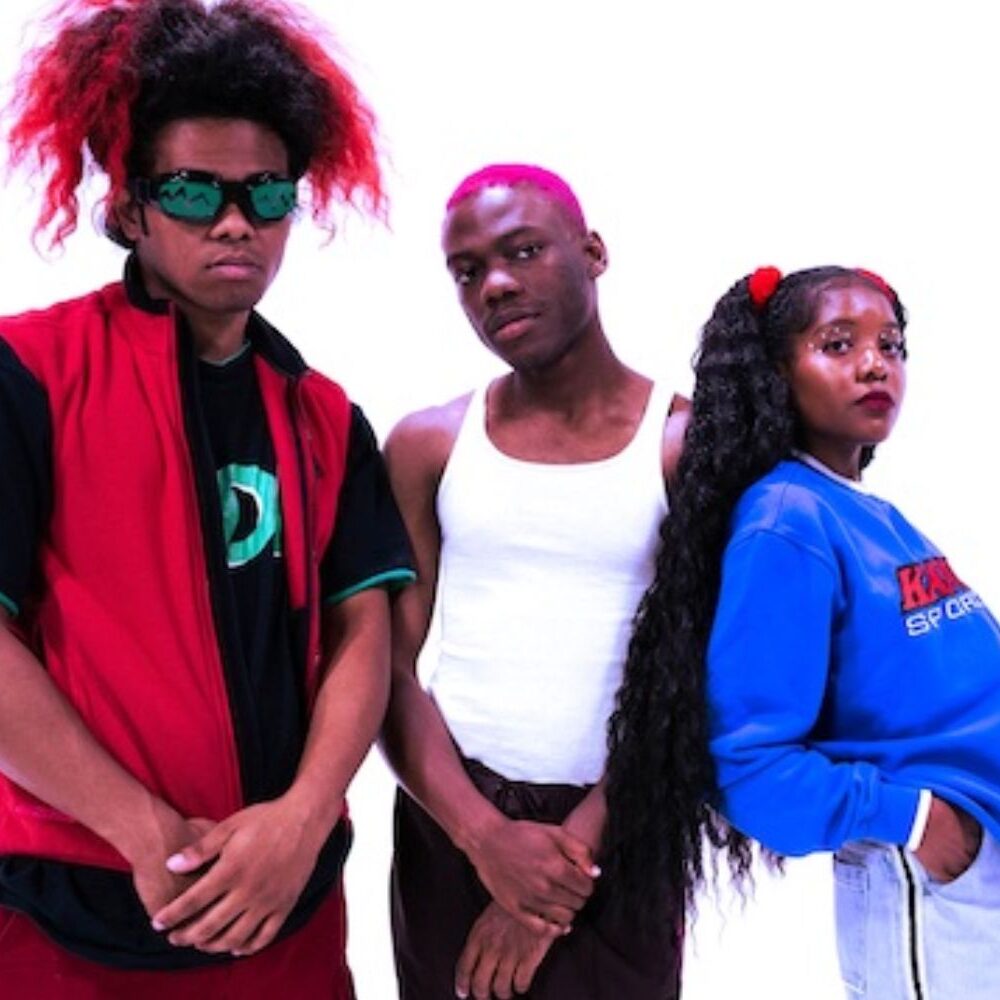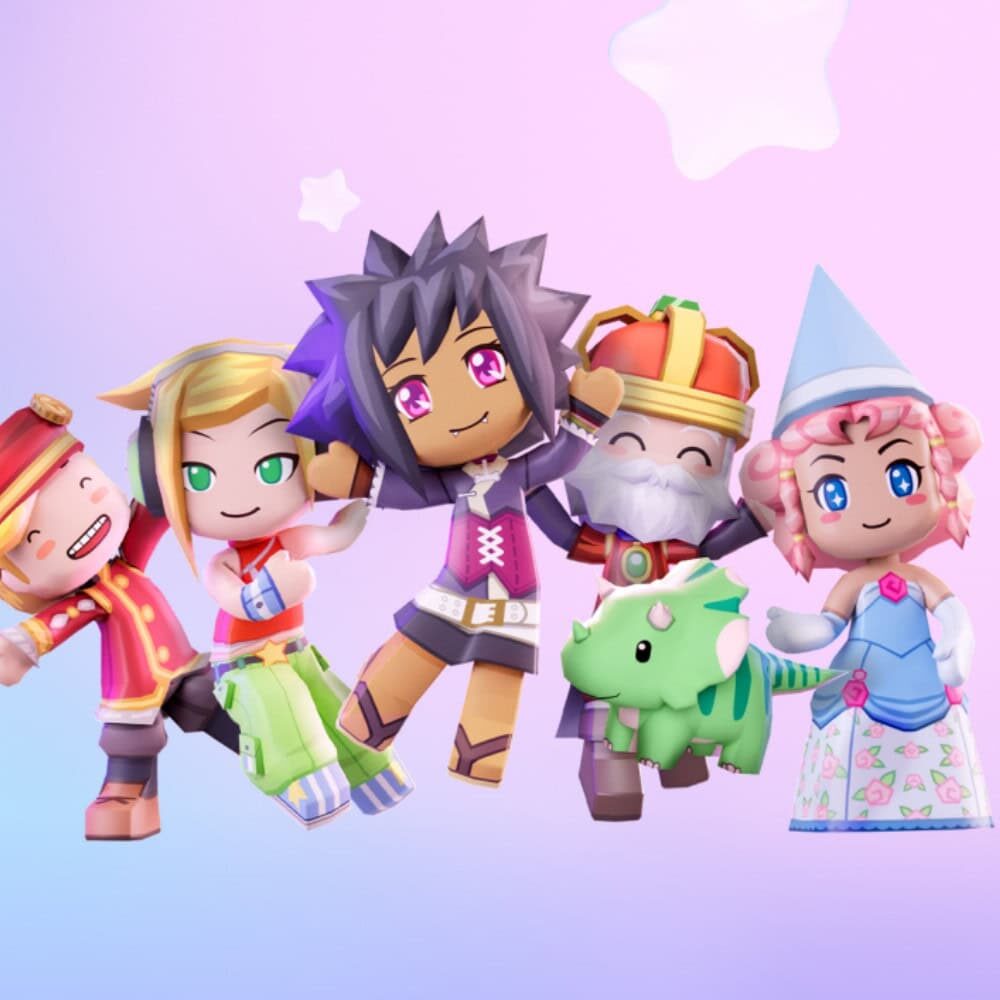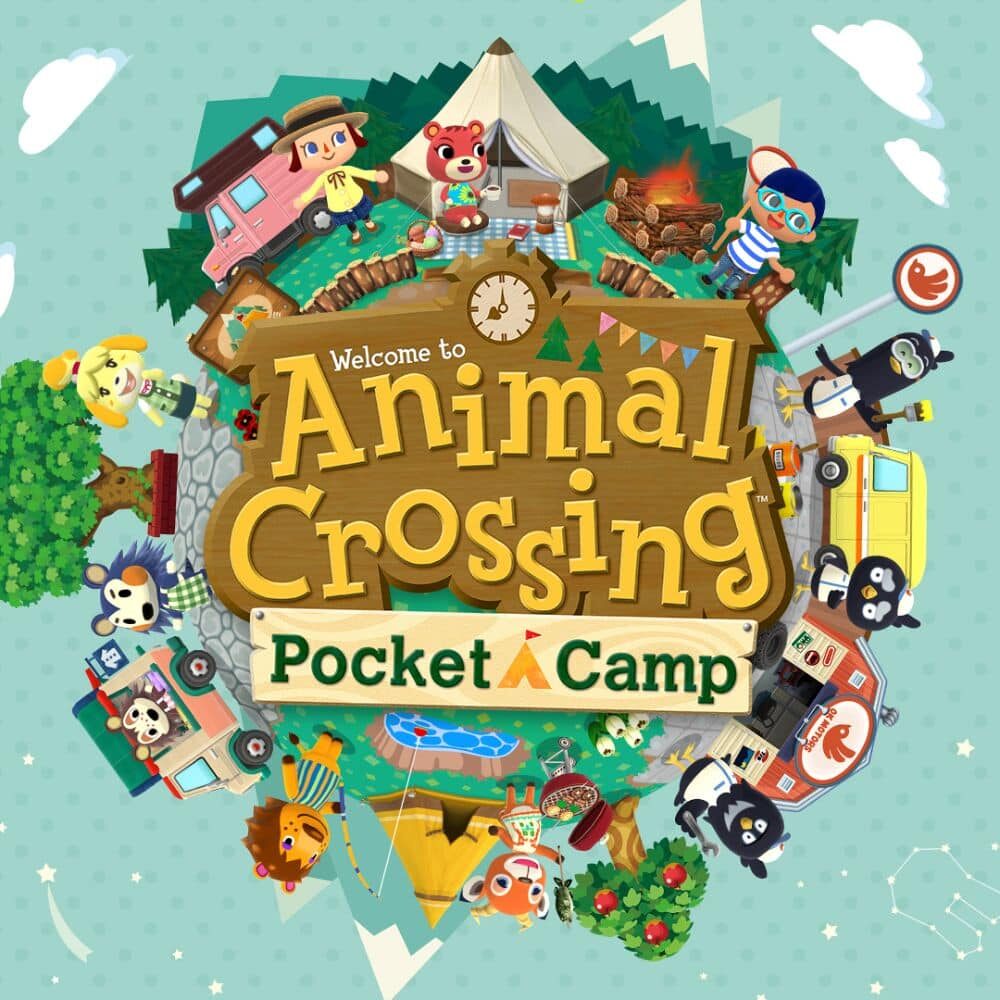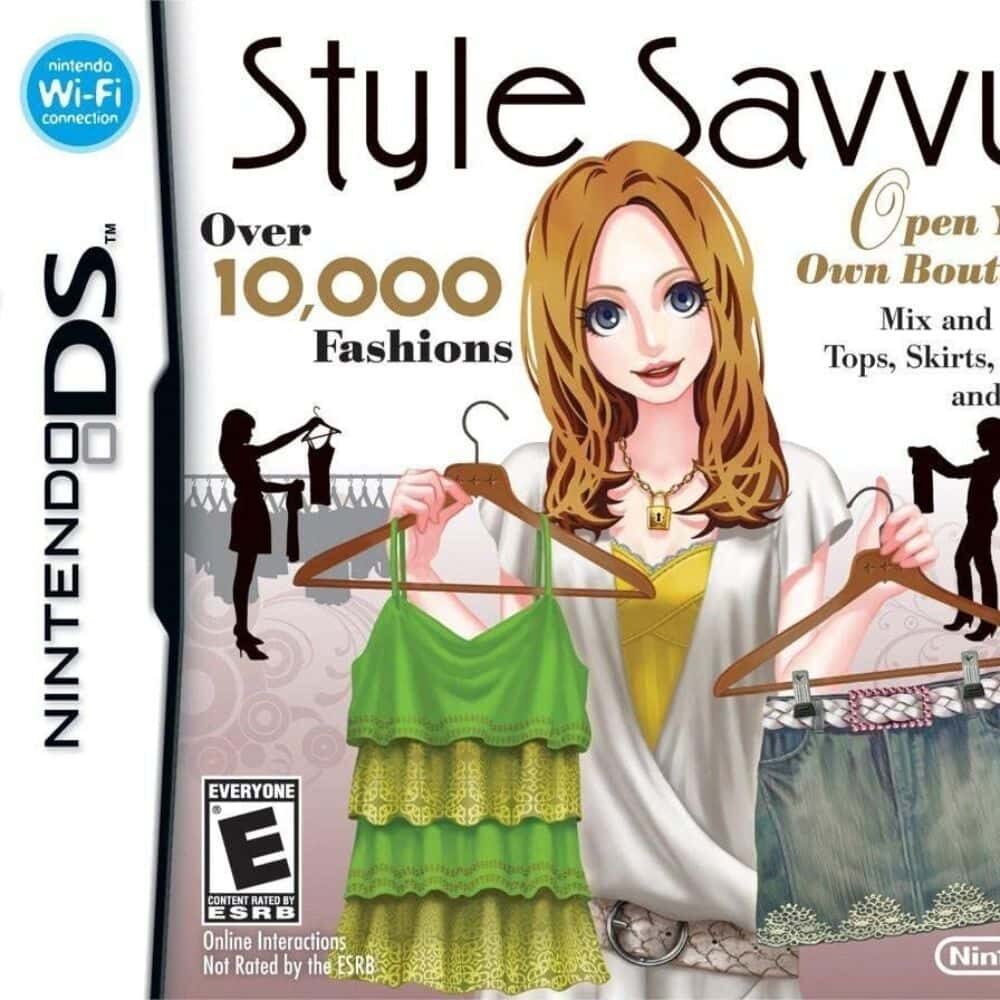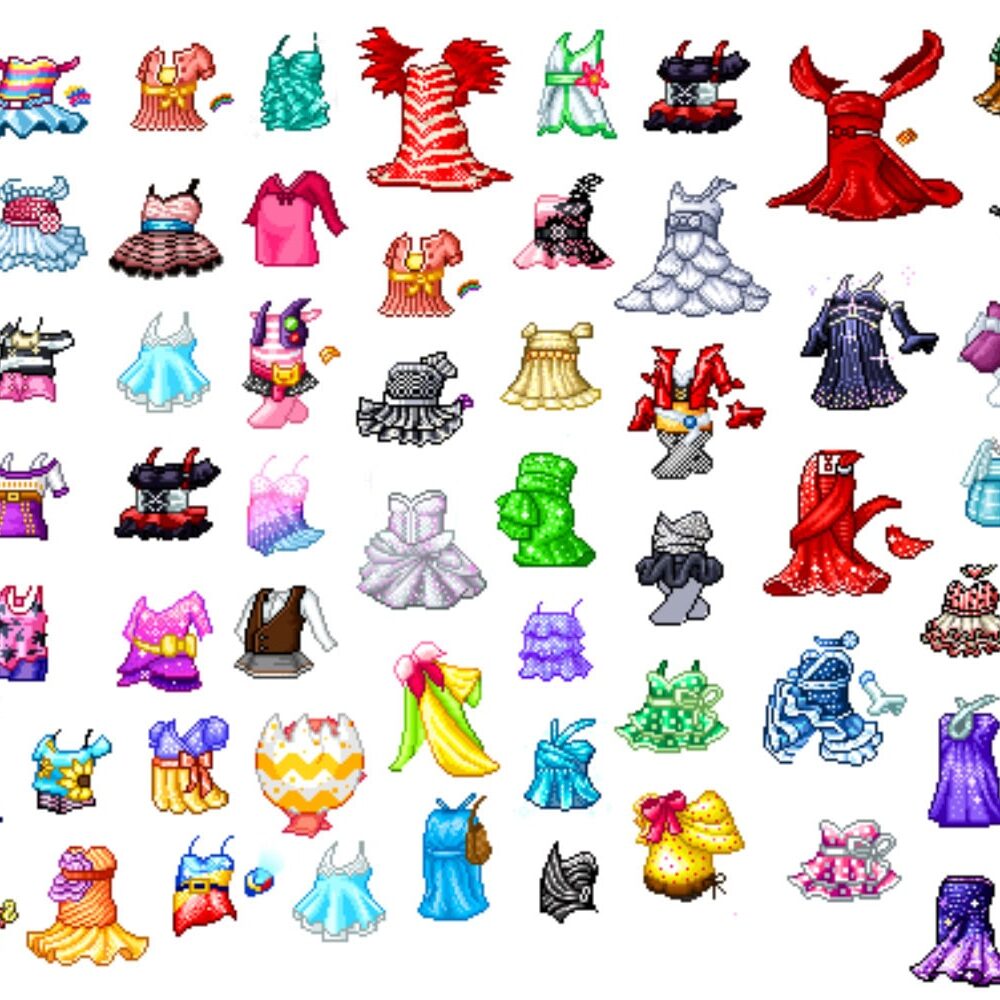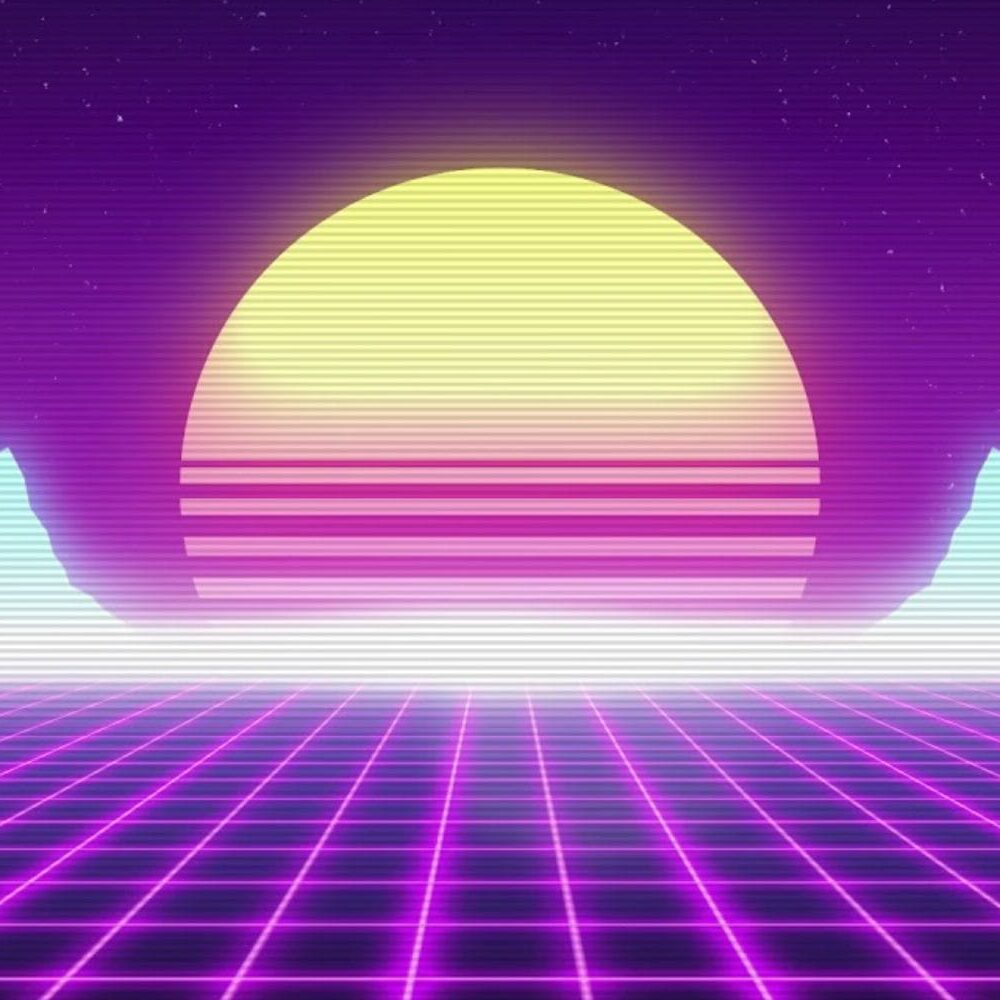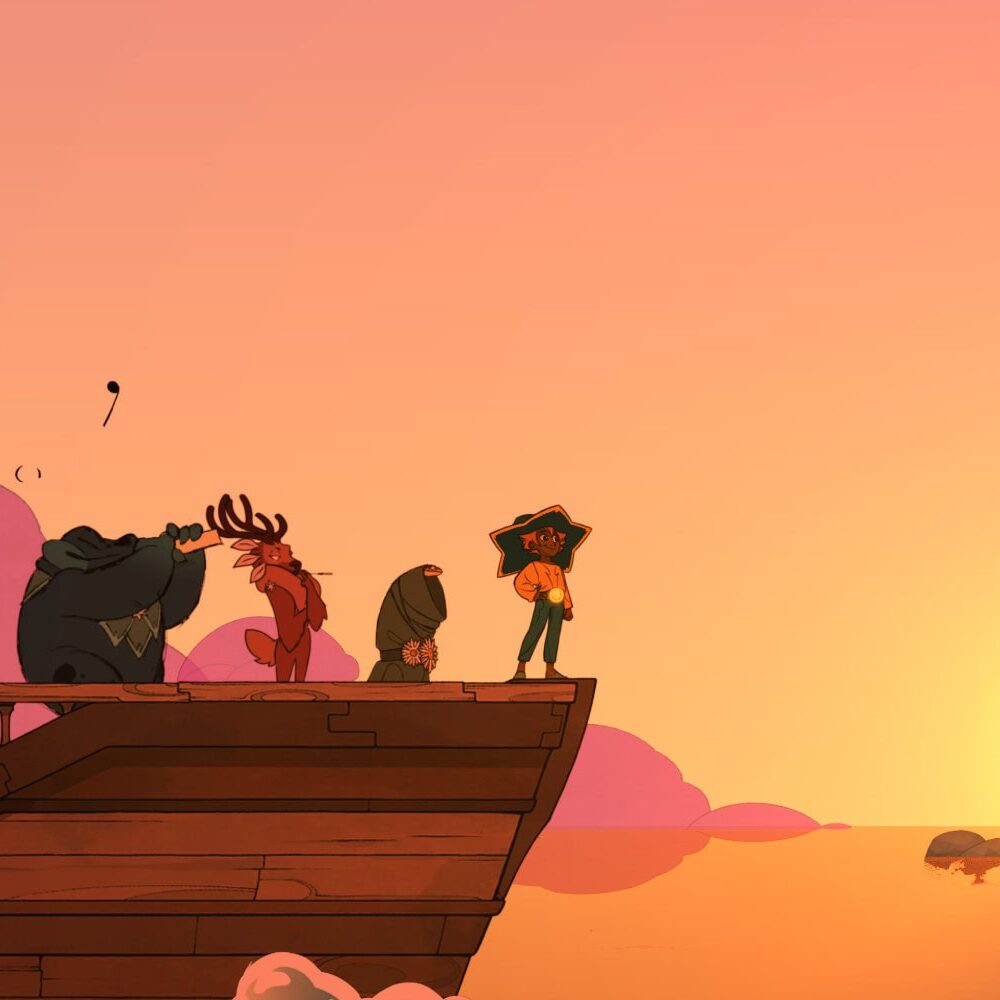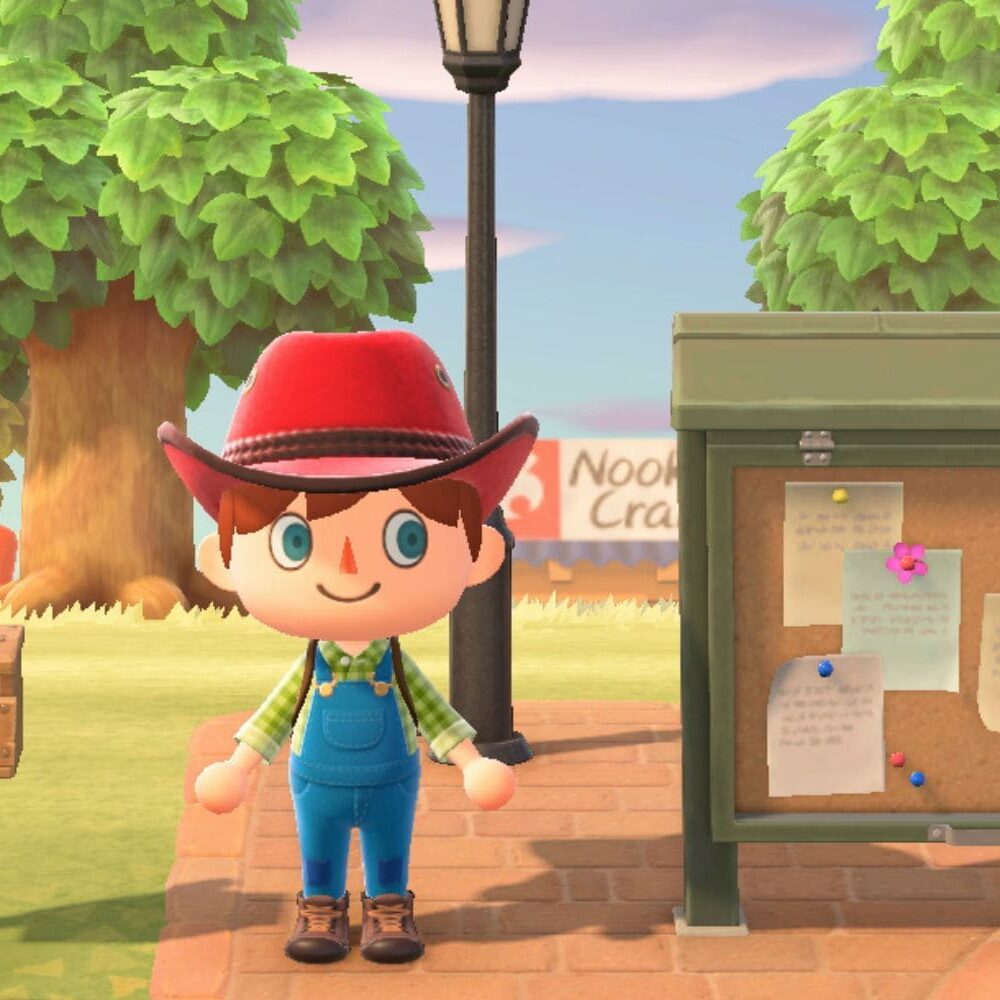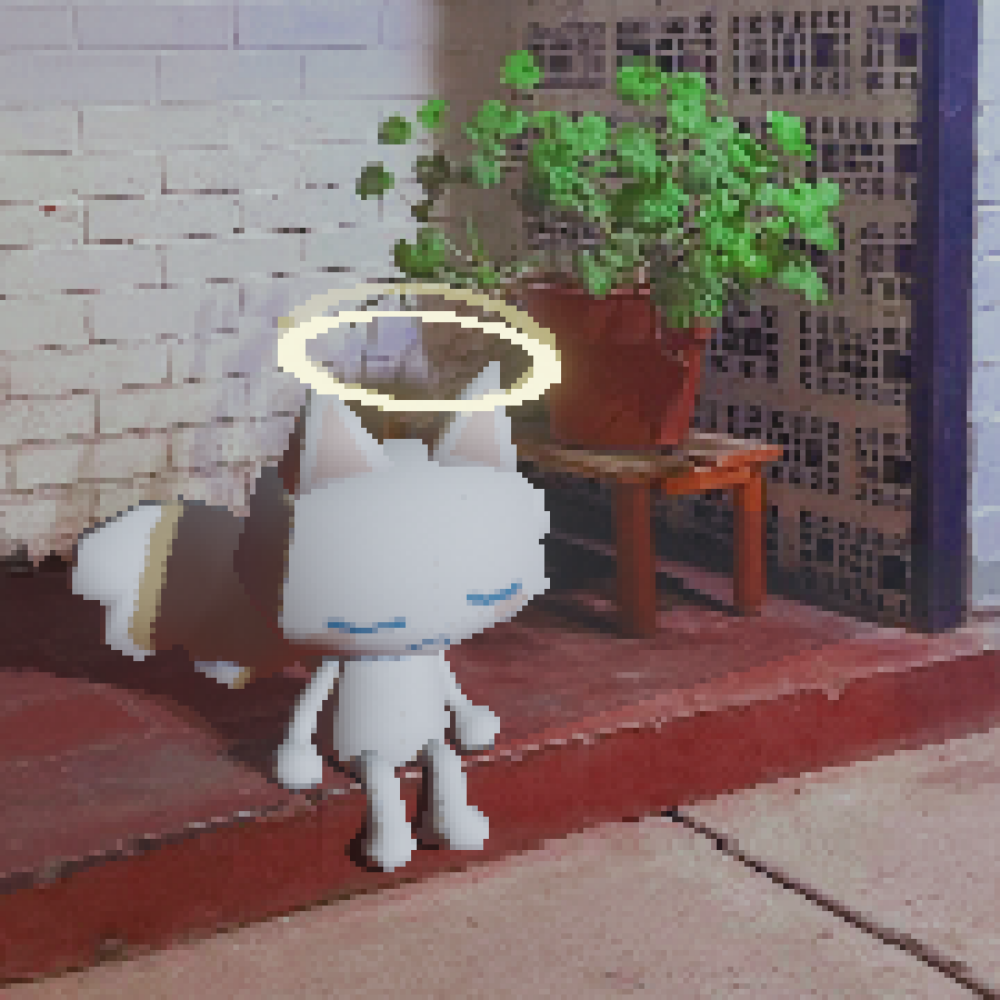
In the vast ocean of Instagram, certain accounts stand out for their ability to transport viewers into another dimension. Sukinapan’s digital art feels like a vivid dream mixed with nostalgia. Her pixelated landscapes and surreal characters strike a perfect balance between whimsy and melancholy, offering followers an escape from reality into a universe that seems to bend the rules of time and space.
We caught up with Suki to delve into the stories behind her Instagram feed and explore the creative process that fuels her unique aesthetic.
Your Instagram feels like a portal to another universe — what’s the story behind your visual aesthetic?
I think it started coming about when I found the mediums I felt more comfortable working with: Pixel art and Low poly. I really enjoy working with their limitations, maybe because it’s like a little challenge to make something unique with them, but it’s also less overwhelming than having infinite possibilities. These two mediums also naturally lead to taking inspiration from old console games that I have really fond memories of. I never dared play horror games as a small child, but there were elements in normal games that terrified me for some reason: big, mostly empty spaces, water worlds, secret passages. I love trying to recreate the feelings those things gave me.
About the topics, I tend to repeat some things I’ve found to enjoy: open skies with clouds, computer interfaces, themes of melancholy, loneliness/friendship, and sleep/death. It’s easy to fear becoming repetitive but I think I feel true freedom by allowing myself to use these every time I want. Most of the stories I have for my characters revolve around those.
“Peklo” captures such a surreal blend of nightmare and whimsy. How do you translate personal dreams into game worlds?
I don’t know why, but I’ve always remembered dreams in very vivid detail. I’ll wake up feeling like they made complete sense but as the dream feelings wear off, I’ll realize how absurd they were. However, there’s plenty of ideas that I can still use if I’m not afraid of creating something a bit absurd
For Peklo, I actually dreamt something very similar to what I ended up making: I was trapped in a city whose name meant “Hell” and “Garden.” I walked around, and some dream characters explained to me it was impossible to leave, unless you managed to contact an overseeing entity who was only able to be reached by e-mail, by opening an interface directly in the air.
It may not hold up for a realistic novel or movie, but I thought it was a fun story. I don’t know why, but I feel that the videogame medium leads to more liberties than others in creating strange worlds, so I don’t need to censor my ideas for being too silly. You can see that with my game Hlina, too. That one didn’t come from a particular dream but it’s just the result of some silly ideas I entertained while giving it that dream aesthetic I know well by now.

Your work spans from hypertext stories to 3D exploration games — what’s your process for choosing which medium to use?
Many of the small games I’ve created on my itch.io I just made after learning that particular tool, all simple ones that I can use by myself without much coding knowledge. So it’s been more creating a game around the tool than the other way around. These tools have also been mostly about limitations, and I really enjoy that.
On the other hand, there is my teamwork under Smarto Club/Lonely House. I have to work with Unity there even though I don’t particularly like it, because that’s what our programmers know best. I’ve gotten more used to it though, and being able to create full 3D games is definitely worth it.
Your collaborations with Smarto Club are fascinating. How does working within a collective influence your creative output?
I love working with them. Years ago, I had a hard time working in a team, since I’ve always been the type to make art on my own, but I’ve been getting more used to it and also been able to express my own needs better with time and experience. It helps that we’re a small, close group of friends too, as opposed to a big team of random coworkers. Sometimes we’ve had to accept that we work differently. I, for one, cannot function under a strict daily schedule no matter how much I try. But with understanding, we’ve been able to adapt to our differences and set weekly deadlines and everything.
I think younger me may have never been able to pull it off. I used to really hate compromising between my ideas and those of others, but now I see how many amazing things that would never have been born otherwise can come from that. I also never stop making my personal art on the side, so I don’t have any regrets from not being able to carry out my ideas fully.

___STEADY_PAYWALL___
“Bubblegum Galaxy” and “Teacup’s Adventure” have such distinct atmospheres. How do you keep your projects so diverse yet cohesive?
Since those are team projects, they won’t necessarily always have my distinctive visual style. But we have noticed that our projects do tend to have a similar personality despite apparent differences in visuals and even genre.
We also have to more or less stick to our brand, which in the case of Smarto Club is “wholesome”, mostly relaxing games. But we did create the separate “Lonely House” brand so that we could launch more horrorish things like Rental. I think Rental still carries our distinctive personality somehow, but we’re aware that the audiences may be different.
In your interactive fiction, you often play with nostalgia and melancholy. What draws you to these emotional landscapes?
I’m a very nostalgic person, maybe because I’ve always had a great memory. It’s a bit silly, sometimes I’ll be nostalgic for the most absurd, meaningless things, or even feel nostalgic for the present just by thinking about how I’ll feel about it in the future. But I do enjoy being able to remember so many details about places, verbatim conversations, or just certain feelings I once had, so I take advantage of that.
You’ve built an intriguing mix of games, zines, and art. How do you balance such a wide range of creative pursuits?
It’s a bit sad that I’m not able to carry out all the projects I’d like all at once. I have a comic project that’s very important to me, but it’s taken ages because I don’t always have the time and energy for it. I’m also into ceramics, but they just take so long…
I just try to seize opportunities when I can, though. Getting together to work alongside friends with similar interests, for example, can help me focus on something for a whole afternoon. Some projects may advance really slowly, but I try to keep them alive and present in my mind at least. I sometimes wish I was interested in one medium and nothing else, so I could focus and practice and become an absolute expert on that one thing. But it’s just not how my mind works, I guess.
I may not be able to become a top-level ceramist or comic artist while also working on my games, but I can still spend some time on those things and enjoy them.
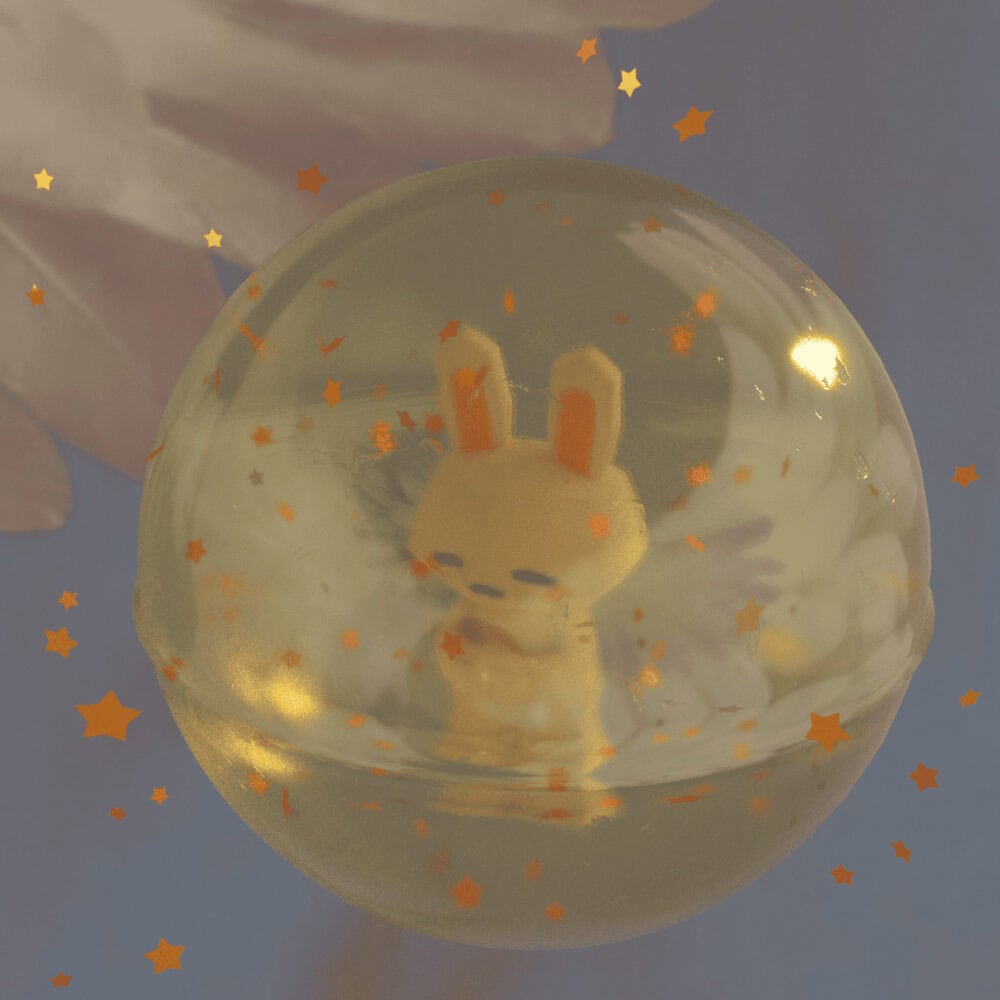
Your Instagram features these intriguing, almost eerie characters. How do these figures fit into your broader creative world?
Almost every single one of my pieces fits into a limited set of “lores” or stories that I have:
- Peklo, with the low poly cat and bunny characters.
- Iro or Hlina from my short games, which I want to expand on someday.
- Lonely House characters like Umi from Rental or a green-haired girl from a future game [our team] have planned out.
I think the only exception might be angels, which I’ve been really enjoying depicting recently, but it’s usually related to those pieces of lore anyway. I don’t know why, but these past years I’ve lost interest in creating art that doesn’t contain actual characters of mine – so it’s what I always do. Those little worlds mean everything to me.
What role does the digital space play in your storytelling? How does it shape the narratives you want to tell?
I think it has to do with me never having been very athletic or outdoorsy, so I always spent a lot of time on the internet. Even when I’d hang out with friends in person as a child, our favorite activities revolved around using the computer together. The memories of those virtual spaces feel just as real as the physical ones, and I can also feel nostalgic for them, especially since the internet now has a very different shape from the one I remember from back then. Even my art went from being physical drawings on paper to almost exclusively digital, so I feel very close to the virtual world.
On the other hand, I feel like the modern internet is more governed by social media, and even though it’s what helped me find my audience and line of work, and I’m thankful for that, it also brings me a lot of stress. I personally don’t really like to include those kinds of spaces in my stories. I don’t like having them set in a full present-day real world, with characters having smartphones and whatnot. I’m not against those stories since, obviously, we need to represent our current time too, but I’m not that interested in doing it myself.
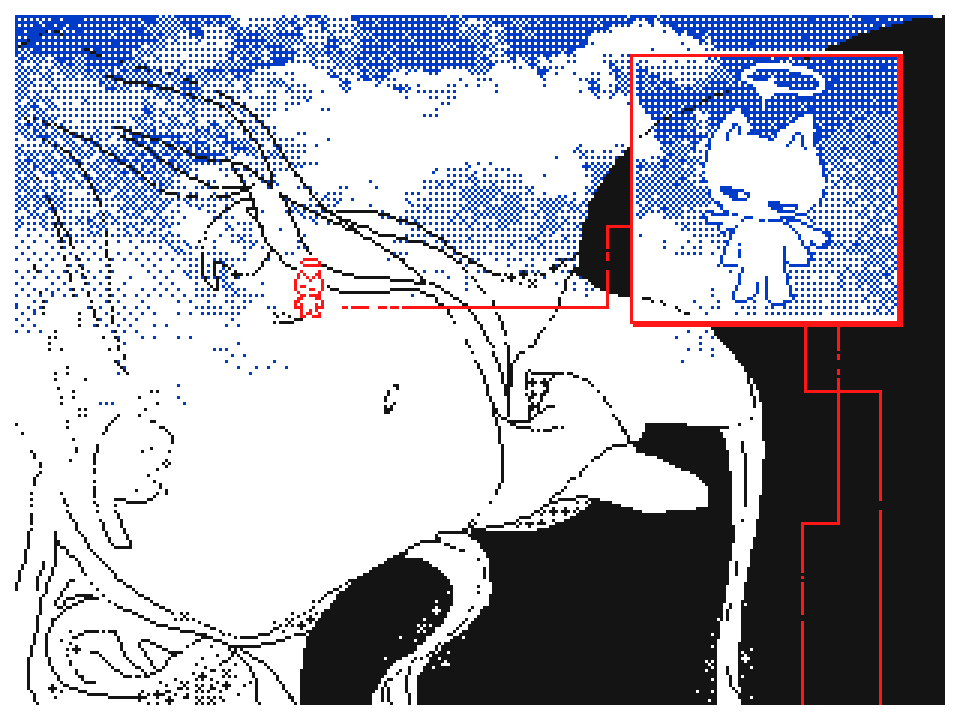
Looking at your projects, there’s a strong sense of place, from lonely planets to haunted cities. What inspires these settings?
I love depicting places and atmospheres. I think it’s the fault of both my real, detailed memories and also my vivid dreams.
I even have the feeling that a lot of my dreams are set in the exact same city: an alternate but consistent version of the one I live in in this world. I’m a bit obsessed with that idea and am always looking forward to exploring more of it.
But where do those dreams come from? I guess I don’t know. I think working with 3D art has helped with this sense of space and location too. I used to be the classical “I can’t draw backgrounds” artist. I still have trouble drawing them, to be honest, but 3D allows me to create elaborate locations I wouldn’t have been able to otherwise. I’ve had a ton of fun with it.
Another aspect I’ve been thinking about a lot is Chileanness. With my country being more or less obscure globally, and also this inherent kind of “low self-esteem” that ex-colonized countries have, there’s always been some sort of shame about depicting ourselves, in my opinion. We don’t use our natural accents much in our local media, for example, since we tend to think we speak wrong. I remember in my teens speaking to another artist friend about how having characters with Spanish names felt cringe, while literally any other language felt ok. I still struggle with this, but I’m trying to overcome it.
Watching so much U.S. American and Japanese media on TV growing up, I could see that the places around me did not look like those there, and I thought my country was ugly. Of course, general poverty and precariousness in Latin America is nothing pretty, but still, I’ve been finding more and more joy in depicting bits of certain Chilean aesthetics, mainly through my latest Peklo artwork. I’d like to continue exploring that in the future along with my other usual themes.
Enjoyed this story? Support independent gaming and online news by purchasing the latest issue of G.URL. Unlock exclusive content, interviews, and features that celebrate feminine creatives. Get your copy of the physical or digital magazine today!


